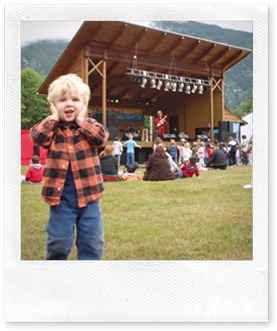Back in the summer of 1940, Britain was getting severely bombed. As a way to keep people moving forward with their lives amid the ruin of their surroundings, the British government developed a series of posters to put around London to help solidify the resolve of the British people to face each day.
Many of us are familiar with one of these posters, which Has taken over most gift shops on coffee mugs, key chains and iPhone covers: Keep Calm and Carry On. Interestingly, this particular poster was never put up. It was saved for when Britain was invaded, which never happened.
One of the posters that was used extensively was this:
Your Courage, Your Cheerfulness, Your Resolution Will Bring Us Victory.
There is so much about this particular poster that I love. Not just thinking about it in terms of the Battle of Britain, but about how it can apply to my own life.
I don’t often go around wondering how I am going to achieve victory, but if I think about it in terms of effectiveness, for myself or the team that I am working on, this makes great sense.
Going to work in the world of the technical arts in the local church and applying personal courage, cheerfulness and resolution to what I do every day, definitely point things in a direction of being more effective.
Courage: To not be afraid of who I am or the opinions I have and to have courage enough to act on them (in appropriate ways, of course), will make the team I am on much better. For the body of Christ to function properly, we all need to have the courage to be our fullest version of ourselves.
Cheerfulness: Production people are known for being grumpy. What if I showed up to work with a great attitude each day? What if I didn’t immediately shoot down someone’s idea, but took a minute to engage with what is right with it? To not always look at what is wrong, but to see what is right. How could your team look different if people showed up (yourself included) with cheerfulness?
Resolution: No, we are talking about 720 vs. 1080. As a technical artist, this is more about fighting for the things that you were designed to care about. Will you do the necessary work to make your services the best they can be? Even when a relationship is strained will you push through for the sake of the whole team?
While we are fighting every day for victory per se, my courage, my cheerfulness and my resolution will all contribute to my team being the best it can possibly be.










